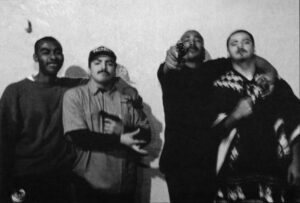Photos and article by Joseph Rodriguez
I see Los Angeles as a post-modern Wild West where everyone has a gun and they use it. It is like an uncontrolled and slightly scary place, a land of dreams and beauty, playing by its own rules.
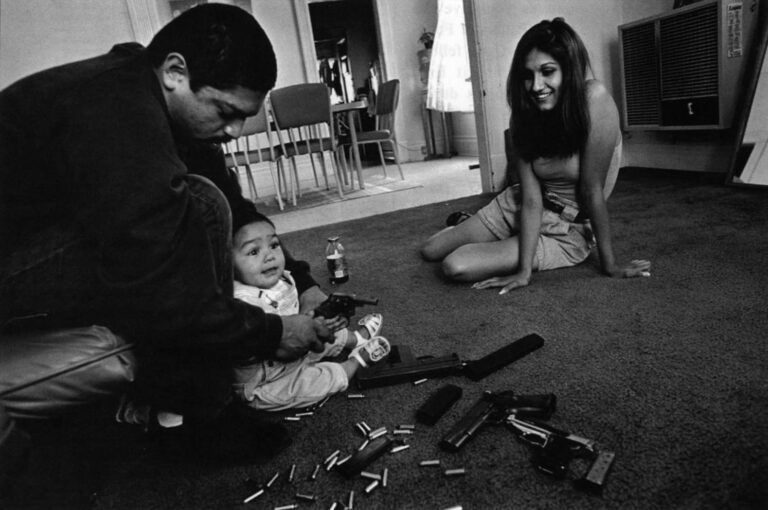
For the last year, I’ve photographed gang life in East Los Angeles. My aim is to get to the core of violence in America, not just the physical violence, but the quiet violence of letting families fall apart, the violence of unemployment, the violence of our educational system and the violence of segregation and isolation.
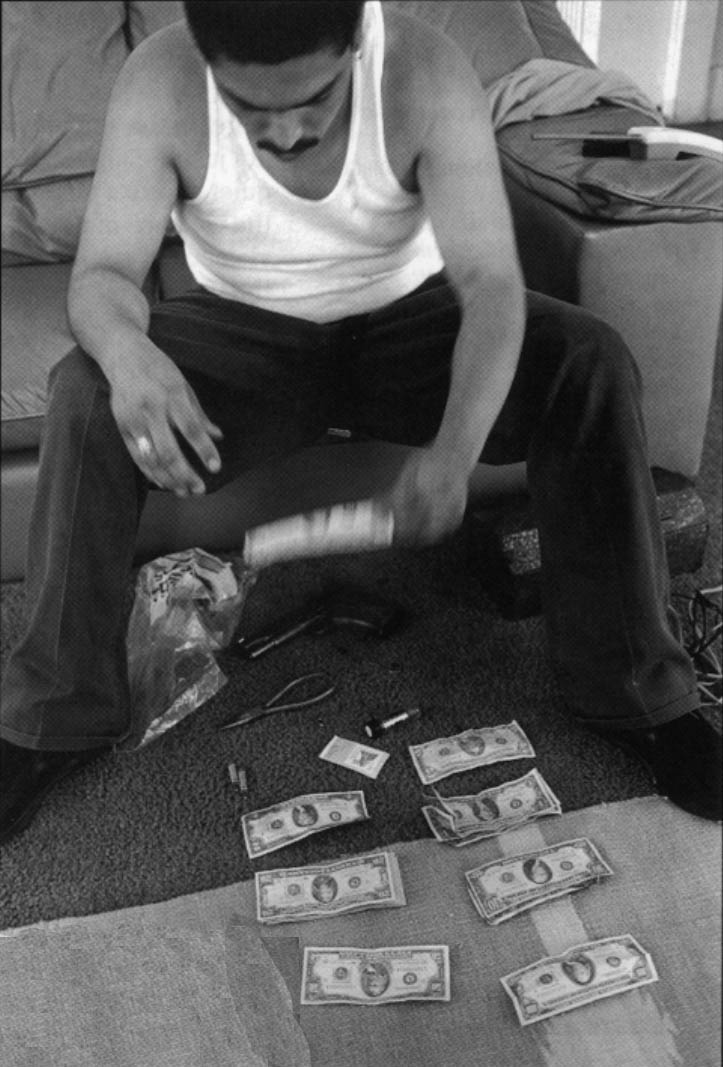

La Vida Loca, or the crazy life, is what they call the barrio gang experience. This lifestyle originated with the Mexican Pachuco gangs of the 1930s and 1940s. They developed their own style and language in the barrios of America. It was later recreated with the Cholos, or low life, a word appropriated by Chicano barrio youth to describe the style of local gangs.
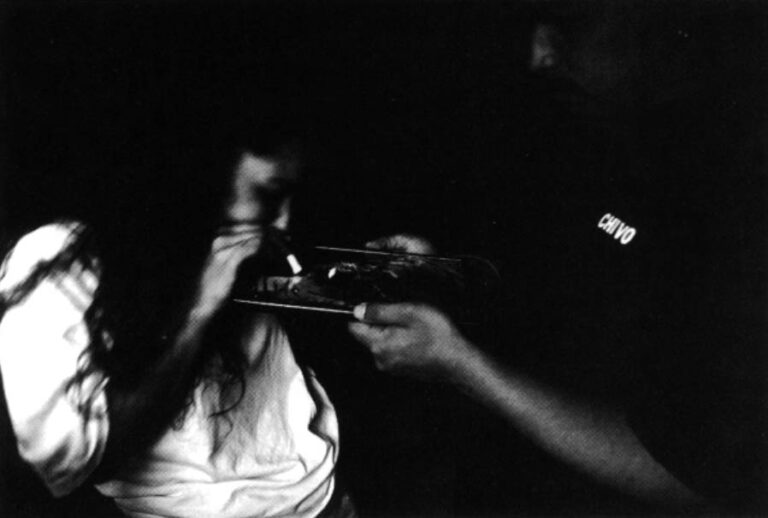

The lifestyle became the main model and influence for outlaw bikers of the 1950s and 1960s, the L.A. punk/rock scene in the 1970s and 1980s, and the Crips and Bloods of the 1980s and 1990s. As Leon Bing commented in the book, “Do or Die,” (HarperCollins 1991), “It was the cholo homeboy who first walked the walk and talked the talk. It was the Mexican American Pachuco who initiated the emblematic tattoos, the signing with hands, the writing legends on the wall.”
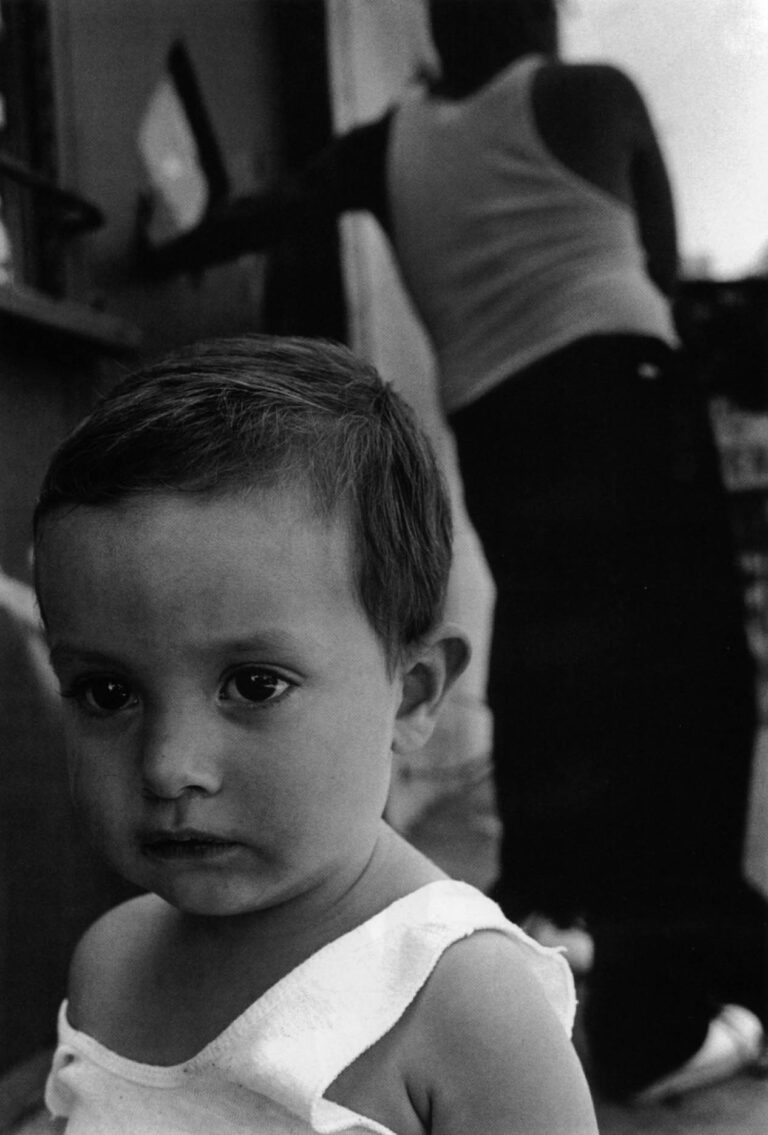
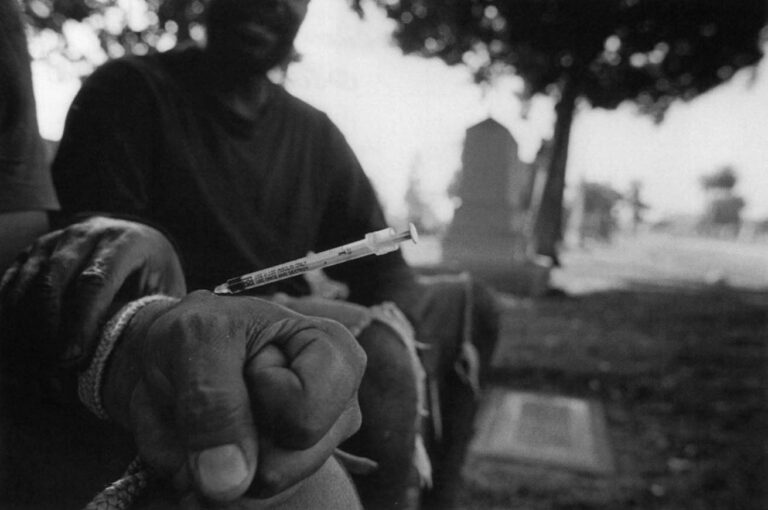

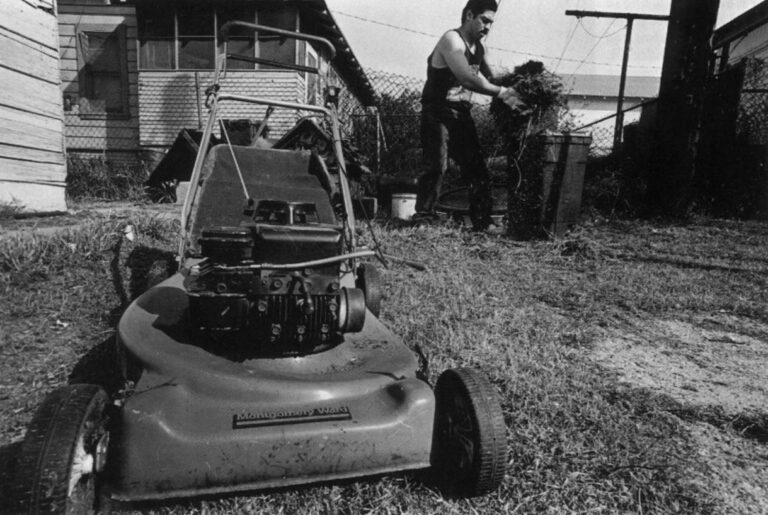

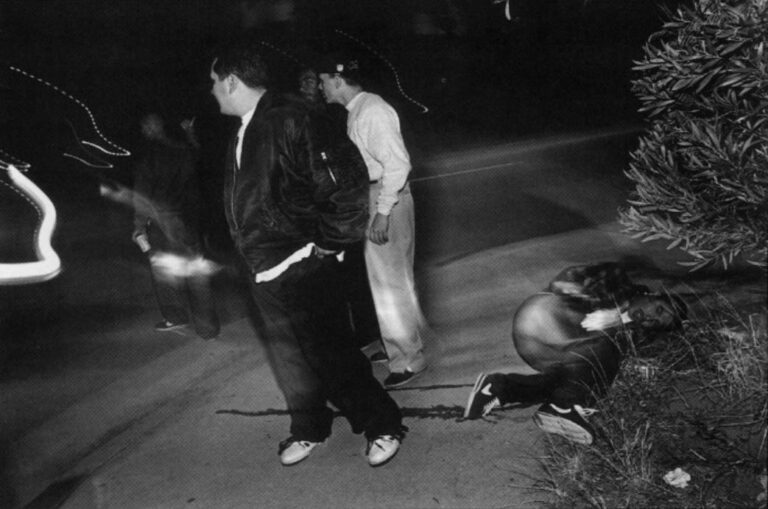

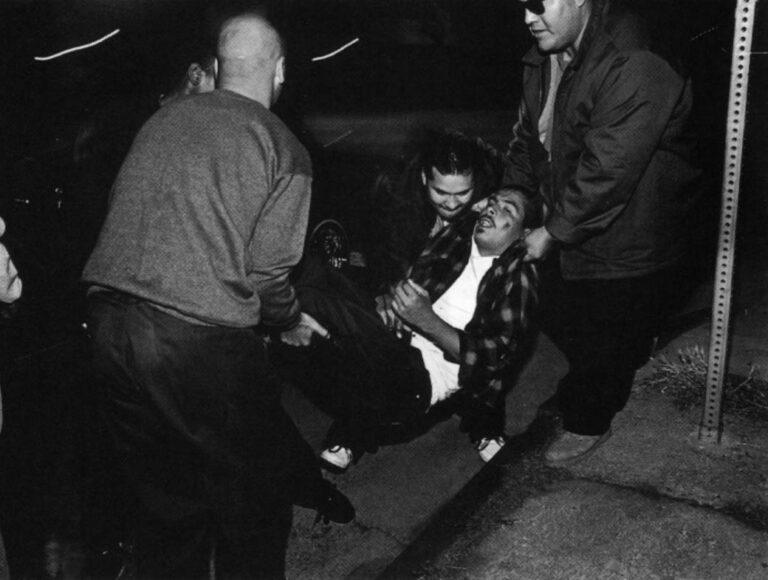
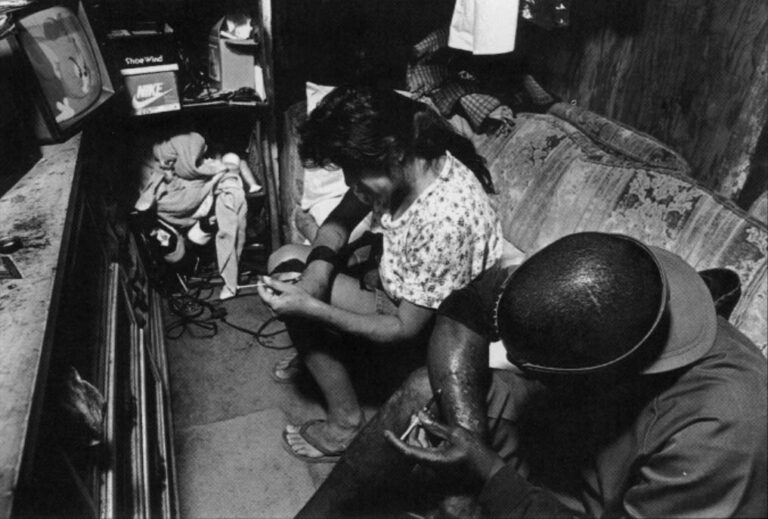
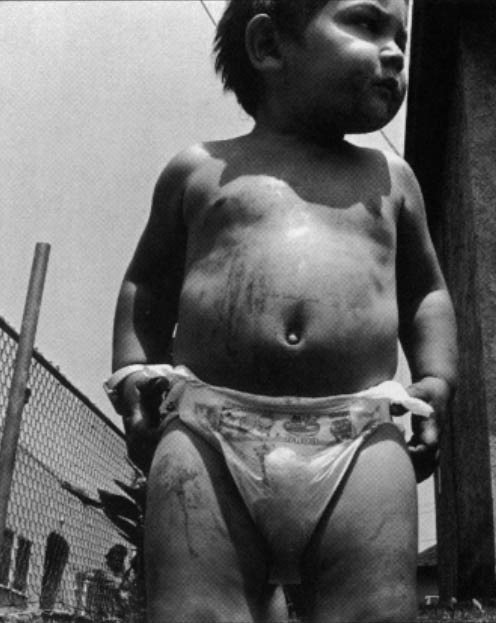
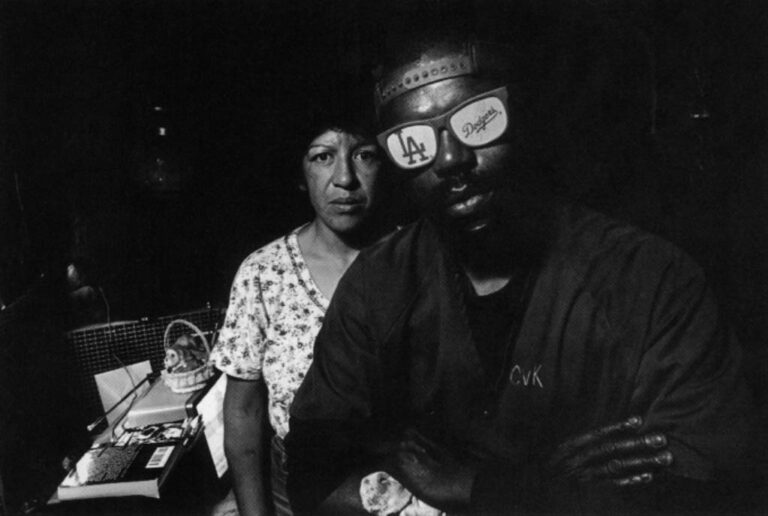
Although there has been a gang truce with several of the Crips and Bloods gangs in South Central and Watts districts in Los Angeles since the riots of 1992, on the other side of town in East Los Angeles the gang wars still continue. East L.A. has long been a neglected neighborhood, with a predominantly Mexican population. It has one of the nation’s highest school drop-out rates and youth unemployment hovers at 75 percent. Teenage pregnancy is at an all-time high in this community.
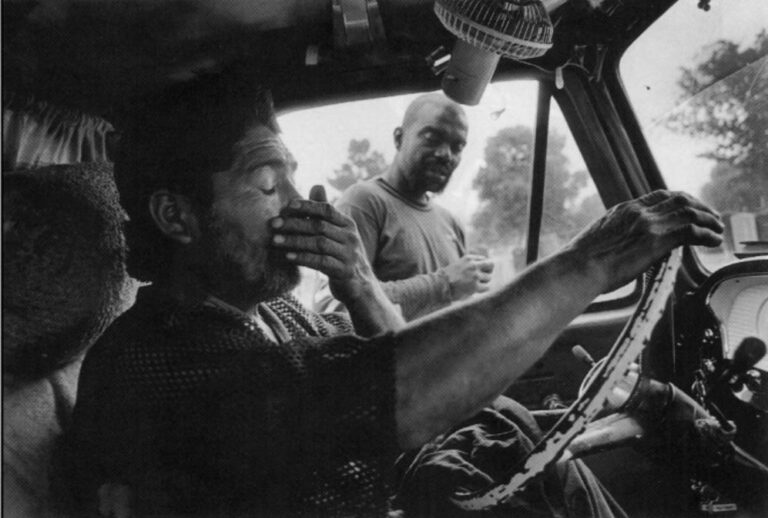


There is an aspect of suicide among many of these gang kids. They are between 10 and 21 years old and their options have been cut off: no education, no work, no opportunities for advancement. They stand on street corns and parks, flashing gang signs, inviting bullets. It’s either la torcida (prison) or death. And if they murder, the victims usually are the ones who look like the, the ones closest to who they are—the mirror reflections. They murder and they’re killing themselves, over and over.
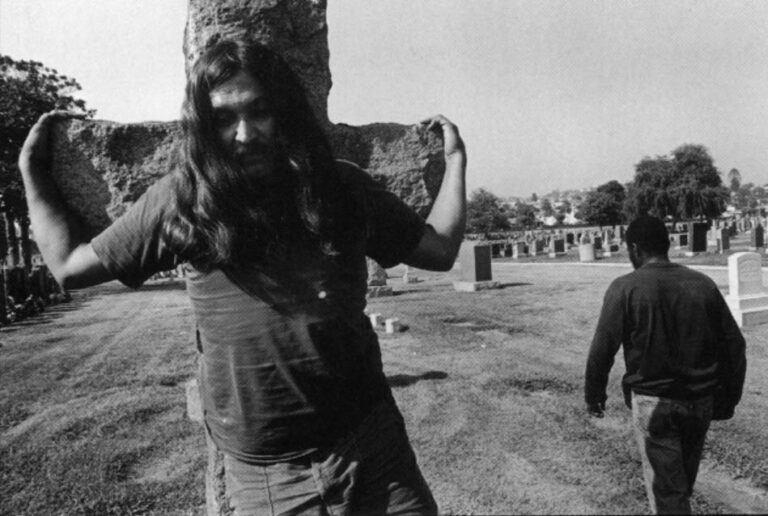



In 1992, Los Angeles police cited these statistics: 100,000 gang members, 1,000 gangs, nearly 600 people killed.
©1994 Joseph Rodriguez
Joseph Rodriguez, a freelance photographer who has worked for Pacific News Service, National Geographic and Black Star and is now affiliated with AnarchyImages.com, is photographing the gangs of East Los Angeles during his Alicia Patterson fellowship year. He lives in Los Angeles.


